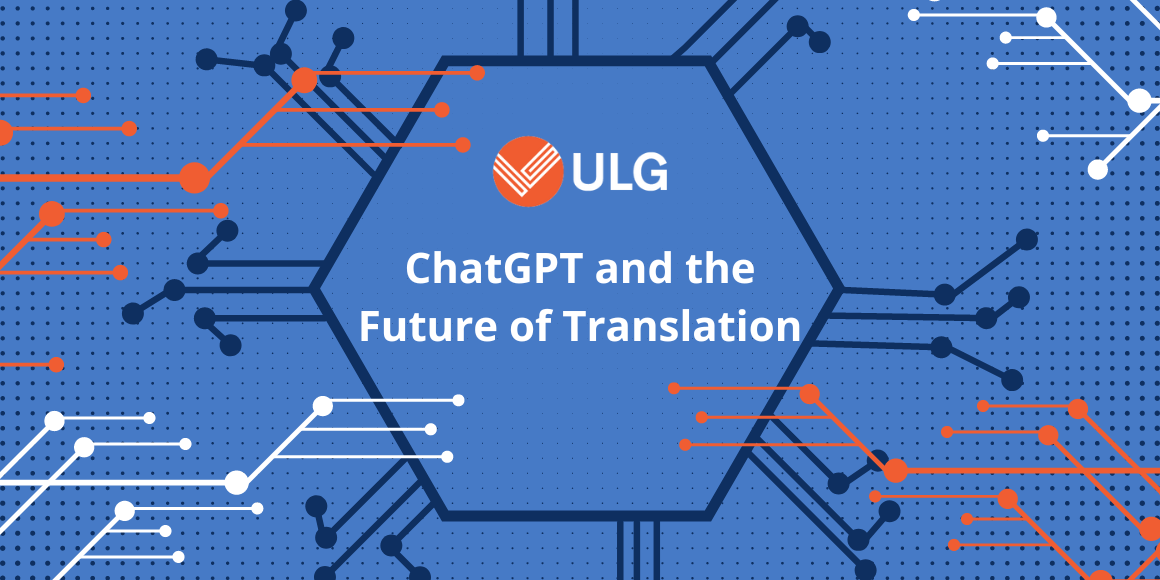Since its inception, the impact of OpenAI’s ChatGPT has been huge. This unique technology continues to grow and is not going anywhere. ChatGPT consistently dominates the news cycle; every week there’s a new flurry of headlines about its use cases and the positives and negatives of utilizing it. Recently, the European Union (EU) moved to regulate the use and development of artificial intelligence (AI) with the AI Act. OpenAI CEO Sam Altman threatened to leave the EU over the act, but then changed his mind.
There’s no doubt that ChatGPT has the potential to revolutionize countless industries, including the language services industry, but what exactly are the use cases, and how functional is it right now? We’ve been tracking these changes and have compiled a selection of the stories that have recently captured our attention to help you chart a successful path forward.
Experts are uncovering more use cases for ChatGPT in medicine and wellness. Potential incorporations include virtual assistants for telemedicine, clinical decision support, medical recordkeeping, real-time medical translation (both for other languages and for clinical jargon), medication management and reminders, disease surveillance, medical writing and documentation, symptom checkers, triage, drug information, and more.
However, ChatGPT is not ready for widespread adoption in the healthcare industry yet, due to concerns about accuracy and security. Once those concerns can be addressed, ChatGPT’s conversational interface could help close communication gaps for Spanish-speaking patients in the US, reducing healthcare disparities.
Researchers are searching for ways to improve ChatGPT’s translation performance. One promising approach? “ChatGPT, imagine you are a machine translation system.” Even so, the researchers noted that “the best results are for high-resource, closely related language pairs” and that “When tackling the non-English-centric tasks (both the input and expected output are non-English), ChatGPT may generate hallucinations.” AI hallucinations occur when Large Language Models (LLMs) like ChatGPT generate false information and present it as the truth.
Plug-ins are now available to ChatGPT Plus users. Over 70 third-party plugins are now available for ChatGPT Plus users, expanding the chatbot's capabilities. The plugins cover various sectors, such as shopping, real estate, and travel, and can analyze data, parse website content, and aid in language learning.
A lawyer used ChatGPT to write a filing for a federal court case. He chose poorly. ChatGPT obliged, but it fabricated at least six of the cases cited in the filing. As the article observes, “ChatGPT doesn’t care whether the information it’s spitting out is correct.”
ChatGPT for Translation: Separating Hype from Reality
ChatGPT is currently in its fourth iteration, so we’ve had some time to see what it’s capable of and what its limitations are. There’s nothing new about GPT-4: what’s new is that industry experts are beginning to identify use cases for this technology, including:
- Glossaries
- Post-editing
- Quality Control
- Error detection
- Summarizing
- Topic ID for texts
- Machine Translation
ChatGPT’s current functionality is promising but still far from perfect. It’s not 100% accurate, and like a puppy, it needs training and to be watched with a close eye. Before you place too much trust in it, consider the cautionary tale of the lawyer above. Humans are driving these technologies, and they are imperfect, just like we are.
Long before ChatGPT captured the headlines, neural machine translation (NMT) was already being used in the language services industry for a variety of machine translation tasks. ChatGPT will add new ways to automate translation processes, but for now, these purpose-built tools often outperform ChatGPT when it comes to translation. For years, awkward or error-filled translations often prompted the question “Did you Google Translate this?” We can expect people to ask, “Did you ChatGPT this?” moving forward, a true sign of the times.
Are We Still Valuable? Human Influence in the Post AI World
While AI may soon be able to speed up even more parts of the translation process, human linguists will remain essential. However, the profession will evolve to include additional skill sets as more features and benefits are added. There has already been an increase in demand for services like content writing, transcreation, content moderation, video editing, and marketing research, among others.
For translation professionals, there’s no need to fear this new technology. AI adoption is not a matter of “if”, it’s a matter of “when” and “how.” The industry must learn how to use it to improve processes and productivity and embrace it to get the results that clients desire.
Our team uses Large Language Models (LLMs) holistically to better understand our clients’ audiences. We do use AI where it makes sense to improve efficiency, but we’ve learned it’s not yet the best solution in many cases, even for machine translation tasks. Our use of AI is always guided by a human touch. Our experts are experienced in understanding new technologies and how to utilize them to get the best possible results for our clients.
If you’d like to take a measured approach toward generative AI and language services, our team is here to help you determine the best path forward for your business. Please contact us for a free consultation.

